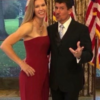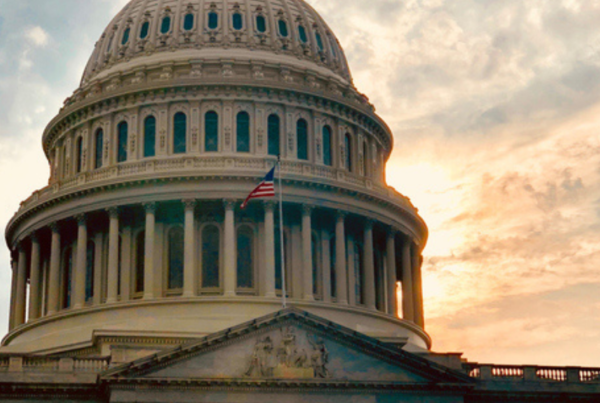The NFT market was worth an eyebrow-arching $41 billion last year alone, a figure still exponentially growing. But what exactly is an NFT?
Let’s go back to basics. NFT stands for non-fungible token. In economic speak, “fungible” refers to exchanging like items. So, for example, a U.S. dollar bill – and most cryptocurrencies – are considered “fungible,” such as trading a Bitcoin for another Bitcoin provides the same spending power.
Thus, an NFT, typically built off the same programming as cryptocurrency known as the blockchain, is the opposite: it is non-fungible, meaning it is unique and cannot be swapped for something of the same type.
NFTs can be any real-world item transported to the digital realm – think music, art, graphics, GIFs, game items, designer clothes, virtual avatars, videos, and video skins – purchased and sold online. In many ways, they are the collectors’ items of the new age. Instead of acquiring a beautiful water painting or a sculpture, one earns a digital file instead.
Where the value comes into play is that NFTs are one-of-a-kind and the buyer gains ownership rights. The underlying blockchain technology which powers the NFT marketplace not only authenticates the originality and the transfer of NFTs between buyers and sellers but safeguards that specific information stored in the metadata with a unique token that cannot be tampered with or replicated. Even though an item is digital, an NFT is still deemed an original item that only one person can possess at any given time.

Moreover, NFTs are personal property existing within the owner’s crypto wallet and can be used on any platform at the owner’s discretion. This is sharply contrasted with uploading photos on Instagram or videos to YouTube, whereby the platform’s owner controls the content and determines the ads, algorithms, and ownership surrounding it.
So how do NFTs work?
Let’s start with the creator. Take, for example, an artist. Not only does the artist make a profit in selling the digital piece for the first time, but one can also take advantage of a royalty control NFT feature in which they earn a percentage each time the art is bought and sold. Using NFTs, artists can effectively cut out the middleman and no longer need to depend upon auction houses, galleries, or laborious and expensive showings to profit from their work. Instead, an artist can deal directly with the consumer and generate higher profits along the way.
Like the visual art world, music is also surging in the non-fungible universe. Blockchain technology provides artists with a platform to bypass labels and conventional streaming services, giving the creator direct control of variables like pricing, secondary sales income, and connecting directly with fans and followers. Those same buyers and collectors get exclusive ownership and bragging rights while promoting independent creators across their platforms. But it’s not always the newer creators getting all the NFT action, it’s big-name stars too. Fans and collectors can take part of those NFTs all the same.
This is because the value of an NFT is centered on what someone else is willing to pay for the item; hence demand drives the price. An NFT functions like any other speculative asset, meaning collectors will invest in pieces they hope will one day soar in value. They can choose to profit off those value increases or retain proud ownership of value asset.
Okay, now that you are pumped to get started in the NFT arena, it’s important to know a few things about how to get started. You’ll need a digital wallet that allows you to buy and store cryptocurrencies of your choice. This is also where the NFTs you choose to purchase will be stored and managed.
Now it’s time to start shopping. You won’t have to look far for opportunities since many popular NFTs and NFT aggregators advertise heavily across the metaverse and popular sites. But start with something you have deep knowledge about and go from there.
But bear in mind: dabbling with NFTs is like dabbling with any other investment. Research, weigh the risks, be your own best advisor, and proceed with care and caution.





